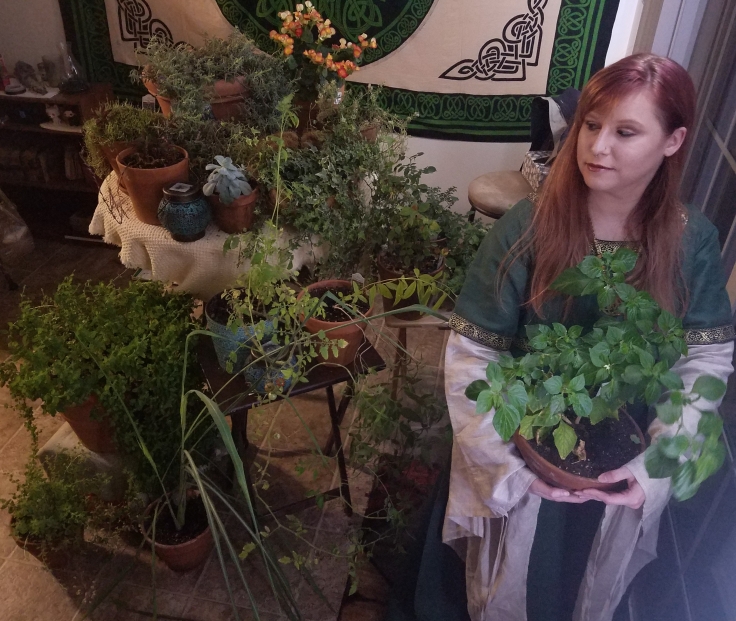Projects:
Project 1:
https://twitter.com/RITmuse/status/916377751657107456
Project one I was not sure what to think about but did I enjoy myself. I really enjoyed having to to the research about my topic, I had fun designing the cases, and I really had fun working with our class. My only problem was that I had to work on my own a lot and it was a bit of a scramble for materials at the end. But I am glad I was able to do this project. It really helped me understand what Metadata is and what goes into making an exhibit. Overall it taught us the innerworkings behind exhibits and exhibiting, and introduction to metadata, and to think about the visual setups behind putting together an exhibit.
Project 2:
Omeka.net
Project two was difficult but also fun. Working on Omeka, Drupal, and WordPress was an interesting venture. Overall I ended up liking Omeka and WordPress more because they were a lot more user friendly and easier to navigate. This project helped me better learn Metadata and how it works, How to build a good website both for online exhibitions and information, and helped me explore what is out there to work with.
Project 3:
http://agreenthumbandaproblem.omeka.net/
 I think this was my favorite however. It really helped me throw myself into my work during a bad situation and focus on something I really enjoyed. Exploring how to work with Omeka was fun and (incidental learning) I ended up teaching myself some HTML in the process! I got a lot better at metadata by this point as well. This project helped us look into things that were important to us and set it up like an online exhibit. This helped the class prepare for if they had to make an actual online exhibit and how they would do so.
I think this was my favorite however. It really helped me throw myself into my work during a bad situation and focus on something I really enjoyed. Exploring how to work with Omeka was fun and (incidental learning) I ended up teaching myself some HTML in the process! I got a lot better at metadata by this point as well. This project helped us look into things that were important to us and set it up like an online exhibit. This helped the class prepare for if they had to make an actual online exhibit and how they would do so.




